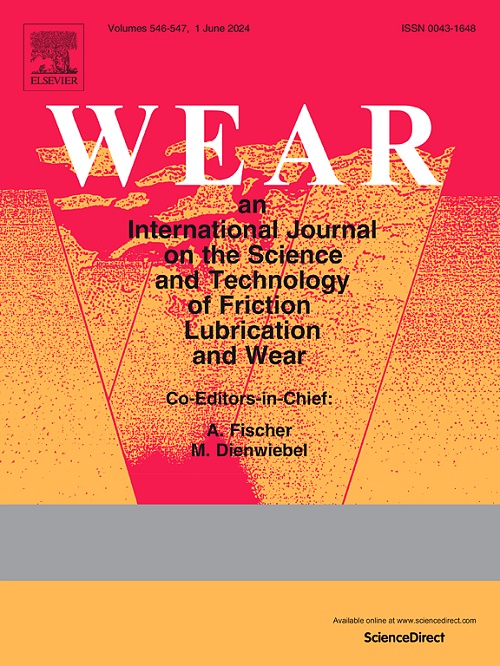Effect of discrete and continuous texture geometries on tool wear and derivative cutting effect during the machining
IF 5.3
1区 工程技术
Q1 ENGINEERING, MECHANICAL
引用次数: 0
Abstract
In modern times, one of the efficient methods for lowering the amount of friction experienced at the tool-chip contact has been the fabrication of textures on the rake face of the tool. In this regard, the textured tools have been fabricated with various geometric texture shapes on tungsten carbide. The textures on the rake face of the tool have been fabricated by using various geometries such as discrete (dimple and hexagonal), continuous (sine wave), and a combination of discrete and continuous textures (mixed). Along with the textured shapes, the effect of variation in texture feature dimension (width or diameter- 40 μm, 80 μm, and 120 μm) on machining output has also been investigated. The developed tool has been employed for the machining of PH 13-8 Mo SS alloy to investigate the wear performance and derivative cutting phenomena. Upon investigation, it has been found that the combination of discrete and continuous textures i.e. mixed textured tool resulted in superior performance in terms of reduction of rake and flank wear. The experimental evidence demonstrates that a variation in the feature dimension of the texture has been a critical factor in the analysis of the derivative cutting phenomenon and the formation of build-up edge. It has been seen that machining operations performed at low speed with a discrete textured (hexagonal) tool having a feature dimension (width/diameter) of 40 μm have reduced the main cutting force up to 12 % as compared with the plain tool. In addition, reductions of 21.4 % and 24.8 %, respectively, have been reported while utilizing a tool with a sine wave texture and mixed texture tool with the same feature dimension.
求助全文
约1分钟内获得全文
求助全文
来源期刊

Wear
工程技术-材料科学:综合
CiteScore
8.80
自引率
8.00%
发文量
280
审稿时长
47 days
期刊介绍:
Wear journal is dedicated to the advancement of basic and applied knowledge concerning the nature of wear of materials. Broadly, topics of interest range from development of fundamental understanding of the mechanisms of wear to innovative solutions to practical engineering problems. Authors of experimental studies are expected to comment on the repeatability of the data, and whenever possible, conduct multiple measurements under similar testing conditions. Further, Wear embraces the highest standards of professional ethics, and the detection of matching content, either in written or graphical form, from other publications by the current authors or by others, may result in rejection.
 求助内容:
求助内容: 应助结果提醒方式:
应助结果提醒方式:


